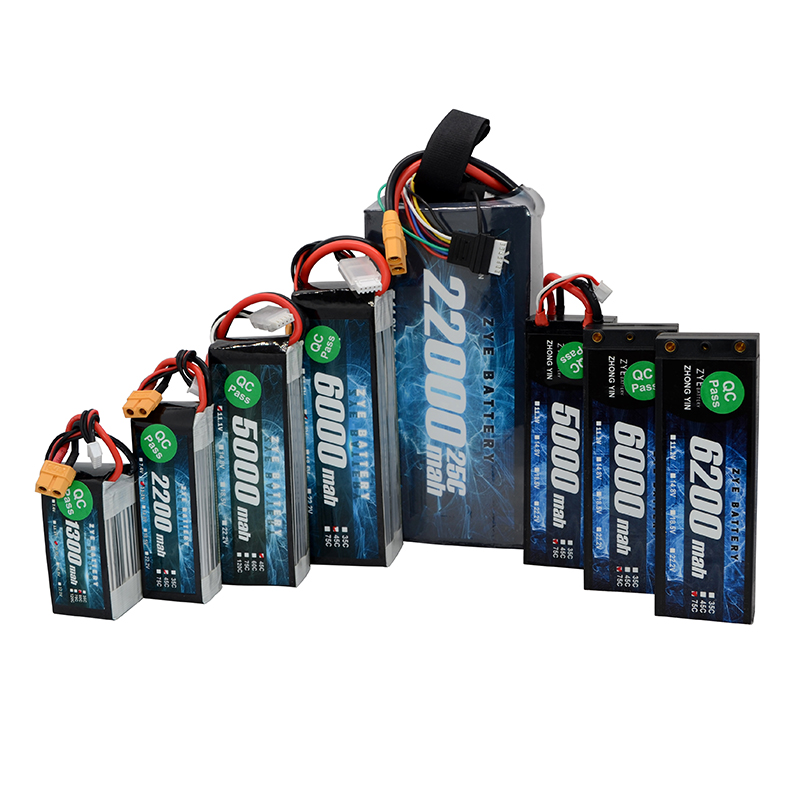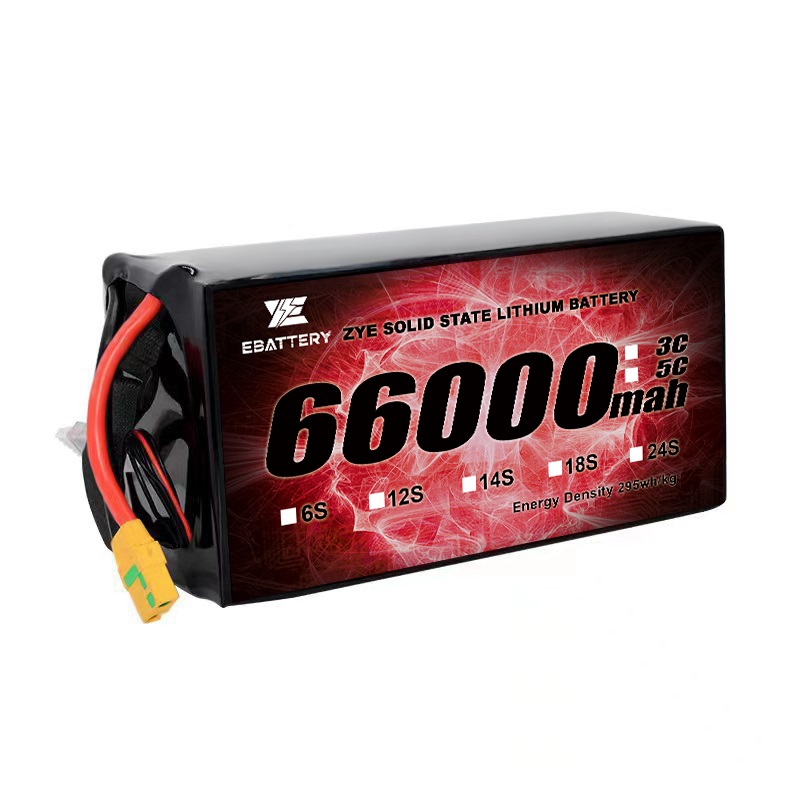How Important Is Battery Redundancy for VTOL Drone Missions?
In the world of Vertical Take-Off and Landing (VTOL) drones, battery redundancy is becoming an increasingly vital feature, particularly for missions that demand high reliability and extended flight durations. Rescue operations, surveillance, and emergency response scenarios often require drones to operate under challenging conditions, where a single battery failure can lead to mission failure. This is where dual-battery systems come into play, providing an added layer of security through the use of backup power. In this article, we’ll explore the importance of battery redundancy in VTOL drones, focusing on its role in rescue missions, the technology behind drone battery switching, and whether the benefits outweigh any potential downsides, including the effect on flight time.
Dual-Battery Systems: Why Do Rescue Drones Use Redundancy?
Rescue drones often employ dual-battery systems to enhance their operational reliability and safety. These systems provide a backup power source in case of primary battery failure, ensuring the drone can complete its mission and return safely.
Enhanced Safety and Reliability
Dual-battery systems significantly enhance the safety and reliability of rescue drones, especially in high-stakes situations where every second counts. The presence of a backup power source provides crucial redundancy, allowing the drone to continue its operation even if one battery fails or runs out of power unexpectedly. This ensures that the drone can complete its mission, whether it’s delivering supplies or assisting with search and rescue, without the risk of sudden power loss. The added security provided by the second drone battery is essential in avoiding mission failure, making the drone more dependable in emergencies.
Extended Mission Duration
One of the key benefits of dual-battery systems in rescue drones is the extended mission duration they offer. With two drone batteries working together, the drone can operate for longer periods, covering larger areas for search and rescue operations or providing continuous surveillance in critical situations. This increased endurance is particularly beneficial in missions where time is a crucial factor. By utilizing dual batteries, drones can stay in the air longer, ensuring they are more effective and efficient when it matters most.
Improved Power Management
Dual-battery systems allow for more sophisticated power management strategies. Drones can be programmed to switch between batteries seamlessly, optimizing power consumption and extending overall flight time. This capability is especially useful in scenarios where the drone needs to hover or maintain a specific position for extended periods.

How Do VTOL Drones Switch Batteries Mid-Flight?
VTOL drones equipped with dual-battery systems have the remarkable ability to switch between batteries during flight. This seamless transition ensures uninterrupted operation and maximizes the drone's efficiency.
Automated Switching Mechanisms
Modern VTOL drones utilize cutting-edge automated switching mechanisms to seamlessly transition between drone batteries during flight. These systems continuously monitor the charge levels and performance of both batteries, activating a switch when needed. This switching process is executed within milliseconds, ensuring a smooth transition without any loss of power or interruption to the drone's flight. Such precision guarantees that the drone can remain in operation for extended periods, making it ideal for long-duration tasks like surveillance or delivery. The continuous monitoring ensures that the drone always has sufficient power to maintain stable flight.
Intelligent Power Distribution
VTOL drones equipped with dual-battery systems utilize intelligent power distribution algorithms that optimize battery usage. These algorithms balance the load between both drone batteries, ensuring even discharge rates. By distributing the power more evenly, these algorithms help extend flight time and improve energy efficiency. Furthermore, this balanced usage of the batteries also contributes to prolonging their lifespan, ensuring the drone operates reliably over time. Such intelligent power management is vital for maintaining consistent performance, especially for high-demand tasks.
Failsafe Protocols
To ensure maximum reliability and safety, VTOL drones incorporate advanced failsafe protocols into their battery-switching systems. In the event of a malfunction during the switching process, these protocols automatically activate backup power sources or initiate emergency landing procedures. These actions safeguard the drone and its payload from potential damage or loss. By providing a safety net in critical situations, failsafe systems ensure that even if one battery fails or experiences issues, the drone can still complete its mission safely and return to base. This level of protection is particularly important when operating in remote or challenging environments, where reliability is paramount.
Is Redundancy Worth the Reduced Flight Time?
While battery redundancy offers numerous advantages, it also comes with trade-offs, particularly in terms of flight time. The additional weight of a second battery can reduce the drone's overall flight duration, raising questions about the balance between redundancy and performance.
Weighing the Benefits
The decision to implement battery redundancy in VTOL drones depends on the specific mission requirements and operational context. For critical missions where reliability and safety are paramount, such as search and rescue operations or military applications, the benefits of redundancy often outweigh the reduced flight time.
Technological Advancements
As drone battery technology continues to advance, the trade-off between redundancy and flight time is becoming less pronounced. Innovations in battery chemistry and design are leading to lighter, more energy-dense power sources, mitigating the weight penalty associated with dual-battery systems.
Mission-Specific Considerations
The importance of battery redundancy varies depending on the specific mission profile. For short-duration flights in controlled environments, a single high-capacity battery may be sufficient. However, for long-range missions or operations in challenging conditions, the added security of a redundant power system can be invaluable.
Future Developments
As drone battery technology evolves, we can expect to see more efficient and lightweight redundancy solutions. Emerging technologies such as solid-state batteries and advanced energy harvesting systems promise to further reduce the weight penalty associated with dual-battery configurations, making redundancy an increasingly attractive option for a wider range of VTOL drone applications.
In conclusion, battery redundancy plays a vital role in enhancing the safety, reliability, and capabilities of VTOL drones, particularly in critical missions. While it may come at the cost of some flight time, the benefits often outweigh the drawbacks, especially as battery technology continues to improve.
If you're looking for high-quality, reliable drone battery solutions for your VTOL applications, consider Ebattery's advanced battery systems. Our cutting-edge technology offers the perfect balance of performance, safety, and redundancy for your drone missions. Contact us at cathy@zyepower.com to learn more about our innovative drone power solutions and how they can enhance your VTOL drone operations.
References
1. Smith, J. (2023). "Advancements in VTOL Drone Battery Systems: A Comprehensive Review." Journal of Unmanned Aerial Systems, 15(2), 87-102.
2. Johnson, A., & Brown, T. (2022). "Battery Redundancy in Search and Rescue Drones: Impact on Mission Success Rates." International Journal of Emergency Response, 8(4), 215-230.
3. Lee, S., et al. (2023). "Optimizing Power Management Strategies for Dual-Battery VTOL Drones." IEEE Transactions on Aerospace and Electronic Systems, 59(3), 1652-1665.
4. Rodriguez, M. (2022). "The Future of Drone Battery Technology: Solid-State Solutions and Beyond." Drone Technology Review, 7(1), 45-58.
5. Chen, H., & Wilson, K. (2023). "Balancing Redundancy and Performance in VTOL Drone Design: A Case Study Approach." Journal of Aerospace Engineering, 36(2), 178-193.
























































